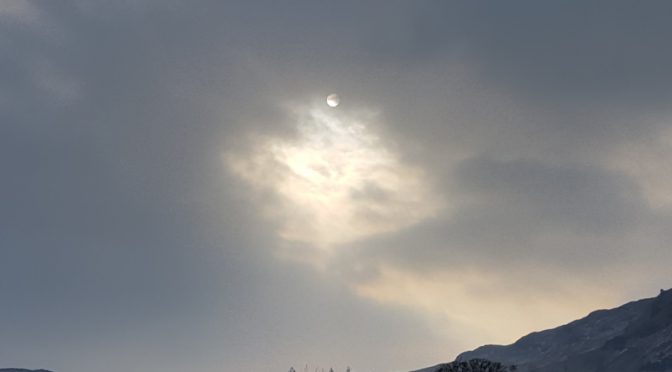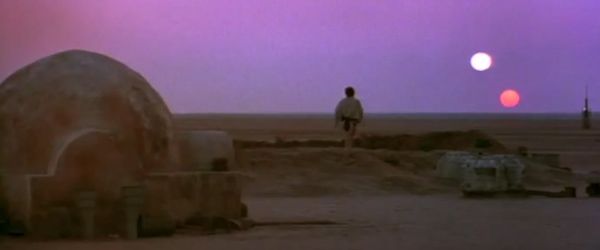
In the last couple of blogs, I have talked about exoplanets, what kind of stars they circle around, and what the prospects are for life and story-telling. Today I want to pick out some oddities, to show that alien solar systems are very varied. Old-school planetology made out that the only kinds of solar system that made sense were ones that looked remarkably like our own – now, with the benefit of real data, we can see that that was an extremely parochial view. Let’s start with a classic Star Wars view… the two suns of Tatooine, where Luke Skywalker grew up. This is in fact not just a theoretical or film problem – the majority of stars you can see with the naked eye as you look out at night are in fact binaries (or members of higher multiples), so that single-star solar systems like are own are in fact in the minority.
This view requires that the planet find a stable orbit in a binary star system – no mean feat, as there are a lot of orbits which are unstable and end up with the planet being roasted or frozen at some point in its orbit. Indeed, the “three-body problem” – three sizeable objects moving under each other’s mutual gravity – is one which has proved to have no general solution, despite many years’ work. But it does have some approximate solutions, which can be worked on by computer simulation.
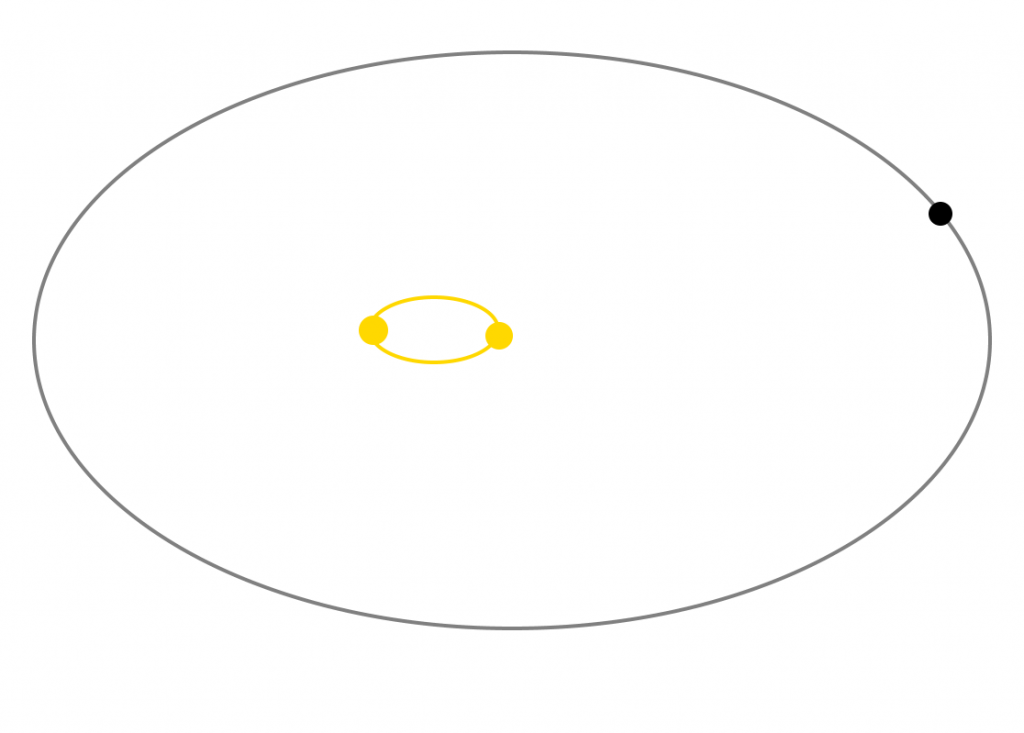
For example, you can imagine a planet in a very wide orbit, with the two suns circling each other at the centre. This could work, though perhaps the planet would end up outside the Goldilocks Zone, and so be inhospitably cold for life to develop comfortably. But in such a case, the suns would always look comparatively close to each other, and you could never have a situation where one sun would be setting as the other was rising.
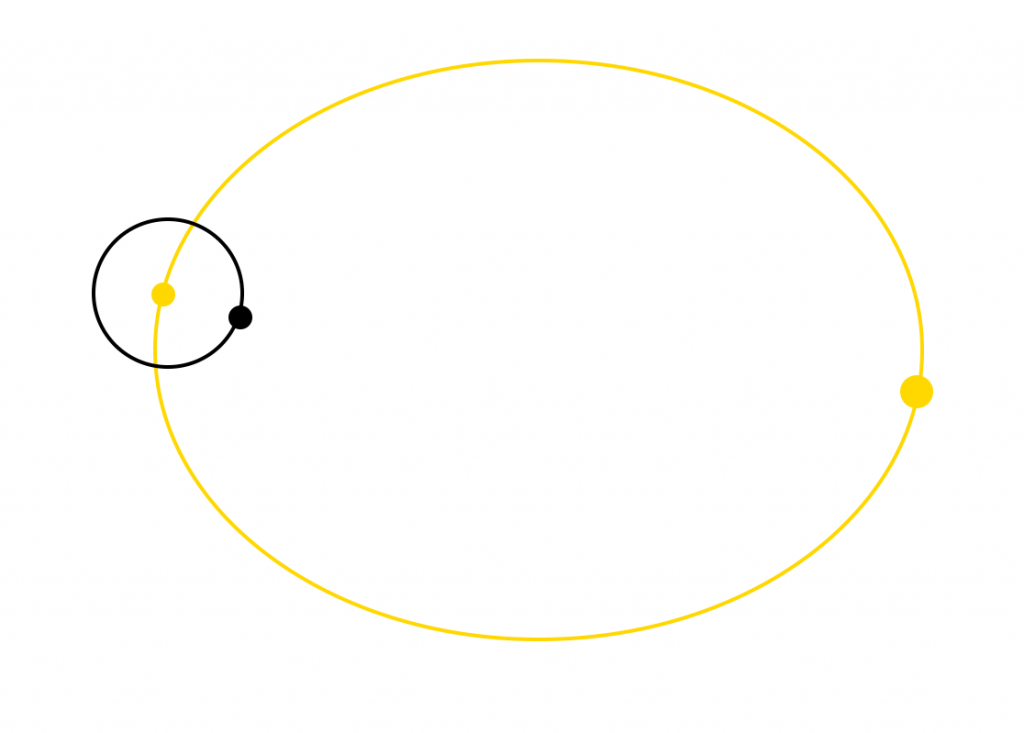
Another extreme case is where the two suns are much further apart, and the planet orbits just one of them. If the distance between the two suns is large enough compared to the sun-planet distance, then this can also be stable. The view from such a planet’s surface would be quite different to the first case. The two suns could be at any angle relative to each other, and your view from the surface would vary between the two appearing close together, right through to being diametrically opposite, with periods of no night-time.
Of course, there’s nothing to stop a solar system built around binary stars being more complex again, with a mixture of some planets circling one or other of the suns, and others circling both of them as a central object much wider out. The more objects in the system, the more likely it is that orbits will not be stable in the long term, but it would make an interesting place to settle for a while. After all, orbital instability is usually a problem only over millennia or longer timescales.
It’s natural to assume – as I did for the diagrams above – that the orbital plane of the planet(s) is the same as that of the suns. But in fact, recent observations from an observatory in Chile suggest that this probably is not always the case. That observatory is not yet capable of spotting individual planets, but it can detect the discs of matter circling stars, from which planets may well coalesce in time to come. And the disc certainly does give information about the orbital plane of subsequent planets. The following two pictures give a good idea of their contrasting results – stars which are close together and hence orbit quickly, tend to have a planetary disc aligned with the suns’ plane – this is the right-hand case below. Conversely, stars which are far apart and orbit slowly, tend to have the planetary disc misaligned. The views from planets in such systems would be constantly changing as the planets rose above and dipped below the solar plane.
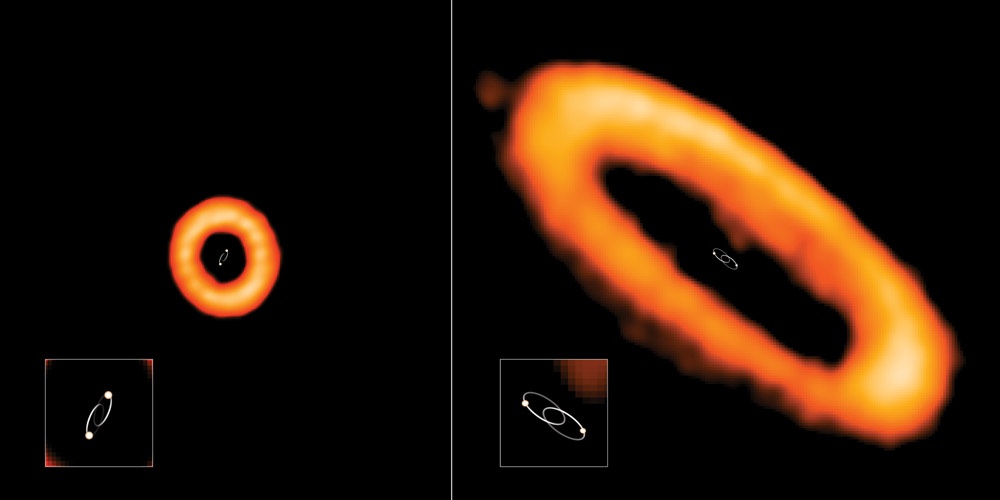
Another curious situation has been seen with the star HD 158259, which is 88 light-years from us , and a little larger than our sun. Six planets have been observed in this system – one like an oversized Earth, and the others like undersized Neptunes. But the remarkable thing about this system is that it shows very neat gravitational resonance. I’ve written about this before – over a period of time mutual gravitational attraction tends to make orbits end up showing regular patterns. In the case of HD 158259 all the planets’ orbits are in the simple geometric ratio 3:2 to each other – each planet carries out 2 orbits while the next one towards the sun carries out three. This happens to be the same as Neptune and Pluto in our solar system, but our other planets don’t show this to anything like the same extent. How, I wonder, would astronomers on such a world, building their first telescopes and looking out at their family of planets, start to understand and rationalise this remarkable degree of ordeliness?
Finally, I should mention a discovery made from data acquired by the Kepler telescope and recently analysed (a couple of people have reminded me about this, and it’s well-worth including here. The exoplanet Kepler-1649c orbits its small red dwarf star within the system’s Goldilocks Zone. It’s almost precisely the same size as Earth and receives about 3/4 of the light that our Earth receives from the Sun. Now, it’s about 300 light-years from us, so we won’t be visiting it anytime soon, but it is, so far, the most similar exoplanet to Earth that we have observed. One of the researchers said “The more data we get, the more signs we see pointing to the notion that potentially habitable and Earth-size exoplanets are common around [red dwarf] stars”.
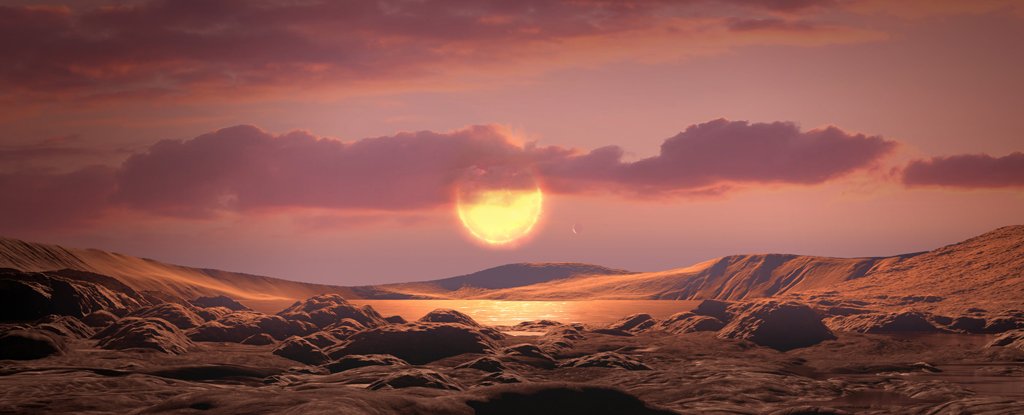
Which is all great for story-telling, since there are a great many red dwarfs much closer to us than 300 light-years.
For my own fictional take on all this, The Liminal Zone will be available very soon…

